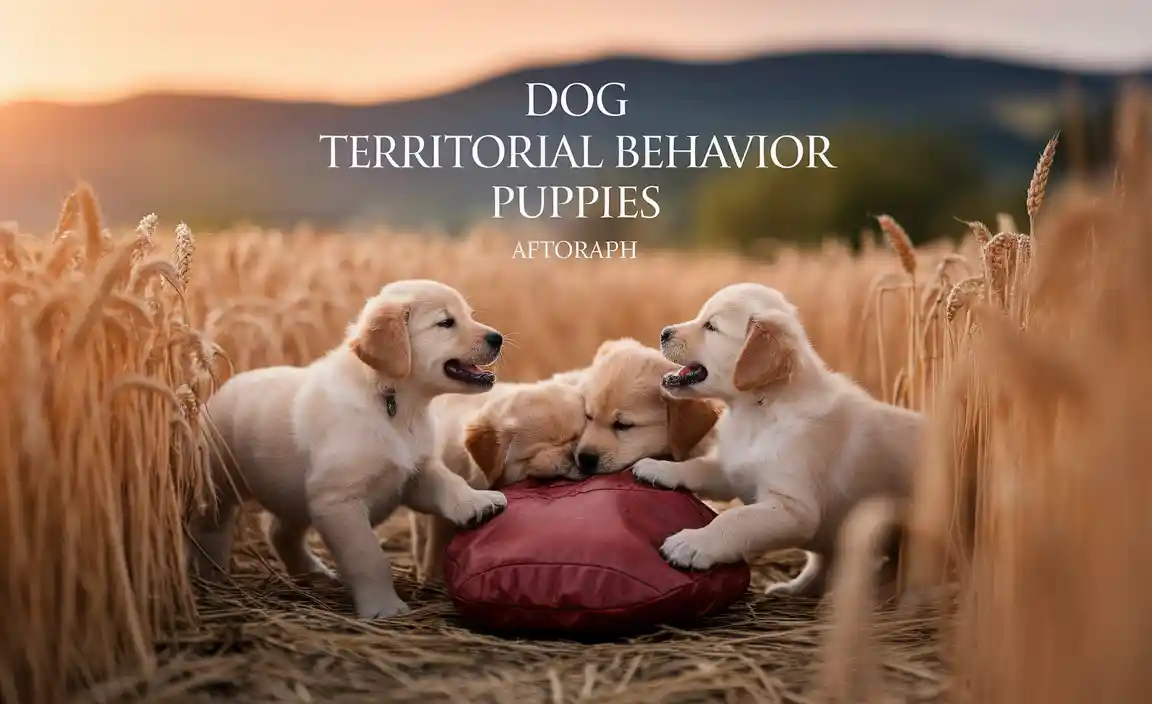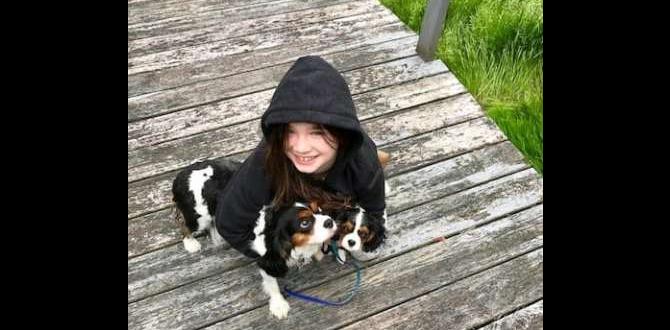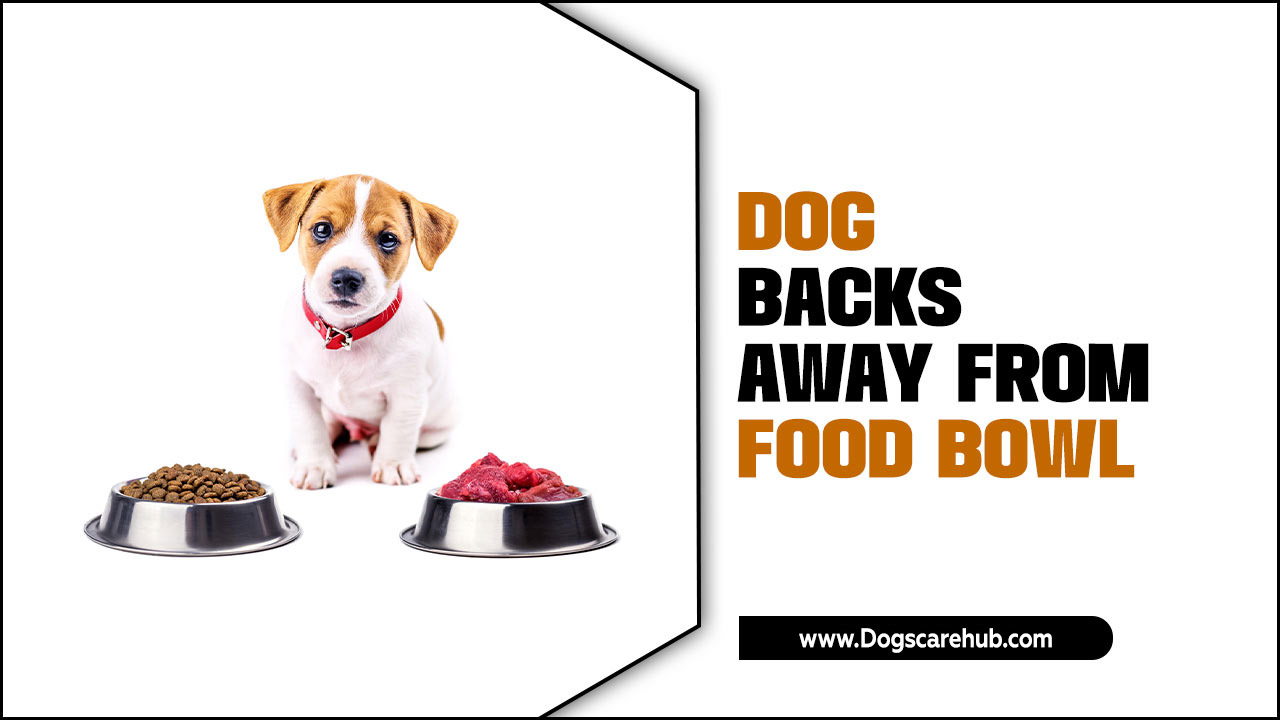Dog territorial behavior in puppies can manifest in various ways, from playful guarding of toys to more serious displays of aggression. Understanding its roots and implementing effective strategies can make a transformative difference in your furry friend’s development. This often misunderstood instinct, while natural, requires guidance to ensure it doesn’t escalate into problematic habits. Approaching this with patience, consistency, and a focus on positive reinforcement will pave the way for a well-adjusted canine companion.

Understanding the Instincts Behind Dog Territorial Behavior in Puppies
At its core, territoriality in puppies is an innate instinct inherited from their wild ancestors. In the wild, protecting resources – be it a den, food, or mates – was crucial for survival. While domestic dogs have evolved, these underlying drives remain. For puppies, their “territory” might initially be their food bowl, a favorite chew toy, or even their human family. This instinct is amplified during their developmental stages, particularly as they begin asserting independence and exploring their environment.
Several factors can contribute to the emergence or exaggeration of dog territorial behavior in puppies. These include:
Genetics: Certain breeds are predisposed to stronger guarding instincts.
Socialization: Inadequate or negative early socialization experiences can lead to fear-based territoriality. If a puppy associates strangers or new environments with unpleasant encounters, they might develop a defensive attitude.
Resource Guarding: This is one of the most common forms. Puppies might growl, bark, snap, or even bite when another dog or person approaches their food, toys, sleeping area, or even their favorite person.
Fear and Insecurity: Sometimes, territorial behavior stems from a lack of confidence. A puppy that feels insecure might try to create a buffer zone around themselves to feel safer.
Learned Behavior: If a puppy learns that growling or barking makes a perceived threat (like another dog or a person) back off, they are likely to repeat that behavior.
It’s crucial to distinguish between a puppy’s natural inclination to protect their space and true aggression. Early intervention is key, as addressing these behaviors when they are minor is far easier than correcting deeply ingrained habits later on.
Early Intervention: Preventing Dog Territorial Behavior in Puppies
The most effective approach to managing dog territorial behavior in puppies is through prevention and early, positive intervention. Instead of waiting for problems to arise, proactive training and socialization are your best tools.
Proactive Socialization: The Cornerstone of Prevention
Exposing your puppy to a wide variety of sights, sounds, people, and other vaccinated, well-behaved dogs during their critical socialization period (roughly between 3 and 16 weeks of age) is paramount. Positive experiences during this period help build confidence and reduce fear-based reactions, which often underlie territorial displays.
Controlled Introductions: Ensure introductions to new dogs are on neutral territory and supervised. Reward calm behavior and prevent overwhelming situations.
Positive Human Interactions: Encourage gentle interactions with people of different ages, appearances, and gaits.
Varied Environments: Gradually introduce your puppy to different sights, sounds, and surfaces in a positive and non-threatening way.
Resource Management: Setting Your Puppy Up for Success
Managing your puppy’s resources can significantly reduce opportunities for territorial behavior to develop.
Designated Feeding Area: Feed your puppy in a quiet, consistent location where they won’t be disturbed. If resource guarding of food is a concern, practice “trade-ups” where you offer a higher-value treat in exchange for their current food, teaching them that proximity to their food is not a threat.
Toy Management: Don’t let your puppy have access to all their toys all the time. Rotate toys to keep them interesting and practice taking toys away gently, immediately rewarding them with something better. This teaches them that you are not a threat when you approach their belongings.
Safe Space: Provide a comfortable, secure den or crate where your puppy can retreat and feel safe without being bothered. This space should be off-limits to children or other pets when the puppy is in it, reinforcing its role as a sanctuary.
Management and Training Techniques for Existing Dog Territorial Behavior in Puppies
If you’re noticing early signs of dog territorial behavior in puppies, or if your puppy is already displaying some guarding tendencies, it’s time to implement specific management and training strategies.
Desensitization and Counter-Conditioning
These techniques work hand-in-hand to change your puppy’s emotional response to triggers that cause territorial behavior.
Desensitization: Gradually expose your puppy to the trigger at a distance or intensity where they don’t react negatively. For example, if your puppy barks at people passing the window, start by having people walk by far away from the window.
Counter-Conditioning: As your puppy is exposed to the trigger at a low level, pair it with something highly positive, like delicious treats or enthusiastic praise. The goal is for your puppy to associate the trigger with good things, rather than something to be wary of.
For instance, if your puppy guards their toy, start by having someone casually walk near the toy (at a distance your puppy is comfortable with). As they approach, toss a high-value treat to your puppy. Repeat this, gradually decreasing the distance over many sessions. The dog learns that people approaching their toy actually means good things happen.
“Leave It” and “Drop It” Commands
These are foundational commands that can be life-savers.
“Leave It”: Teach your puppy to ignore an object on command. Start by placing a low-value treat on the floor and covering it with your hand. When your puppy stops trying to get it, reward them with a better treat from your other hand. Progress to placing the treat on the floor and waiting for them to look away before rewarding them.
* “Drop It”: Teach your puppy to release an item they are holding. Offer your puppy a toy, and when they have it in their mouth, present a very high-value treat near their nose. As they open their mouth to take the treat, say “Drop it.” When they release the toy, praise them and allow them to have the treat. Gradually increase the difficulty by rewarding them even if they don’t immediately drop the toy.
Consistency and Patience are Key
The most vital ingredient in overcoming dog territorial behavior in puppies is unwavering consistency and a deep well of patience. Every member of the household needs to be on the same page with the training methods. Avoid punishing your puppy for territorial displays, as this can increase fear and anxiety, potentially worsening the problem. Instead, focus on rewarding desired behaviors and redirecting or managing the undesirable ones.
If you are struggling or if the behavior is severe, don’t hesitate to seek professional help from a certified professional dog trainer or a veterinary behaviorist. They can provide tailored guidance and support to ensure your puppy grows into a confident and well-adjusted member of your family.
Meet Elyse Colburn, the devoted canine companion and storyteller behind the enchanting world of “Tales, Tails, and Adventures Unleashed.” A passionate dog enthusiast with a heart full of paw prints, Elyse Colburn shares heartwarming tales and insightful adventures, celebrating the joy, loyalty, and endless antics that make every dog a true hero. Join Elyse Colburn on this tail-wagging journey, where every post is a love letter to our four-legged friends.



